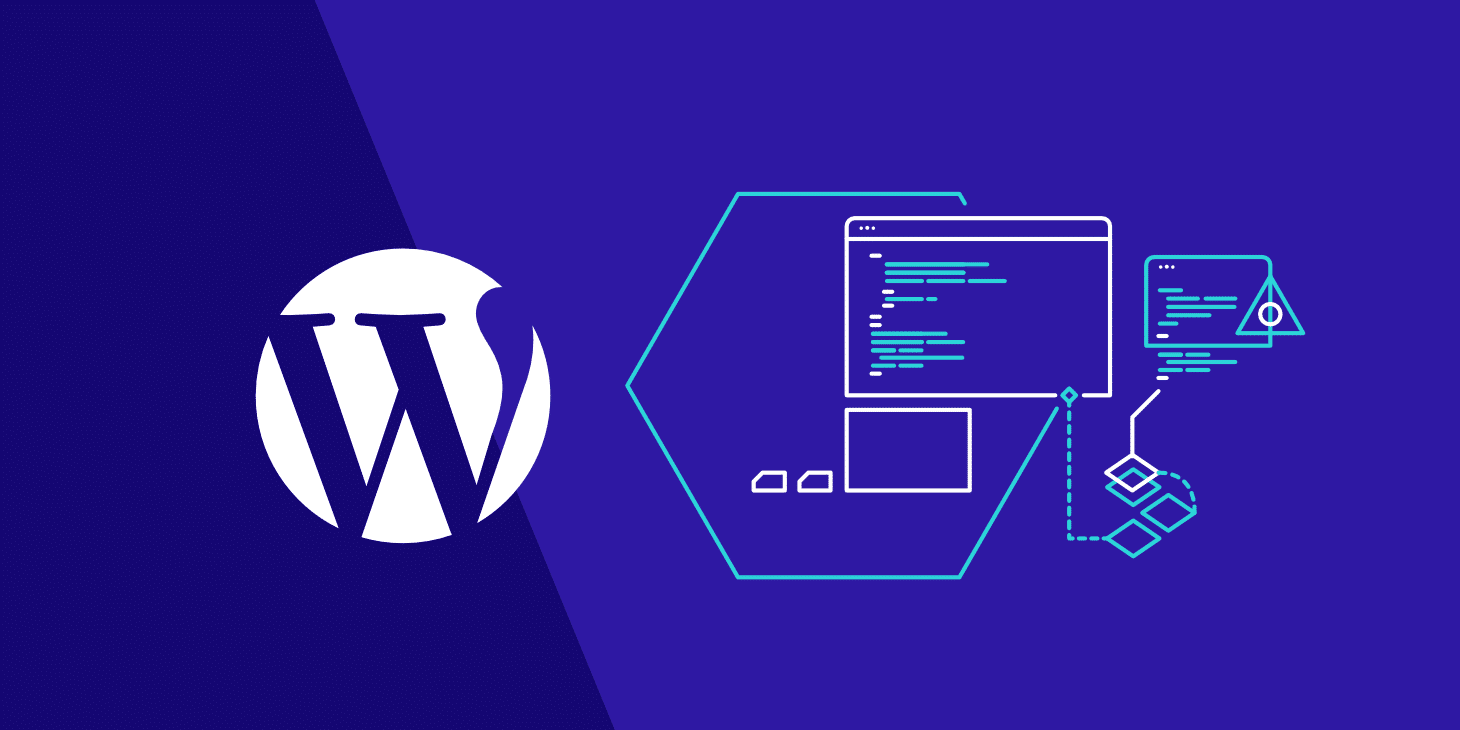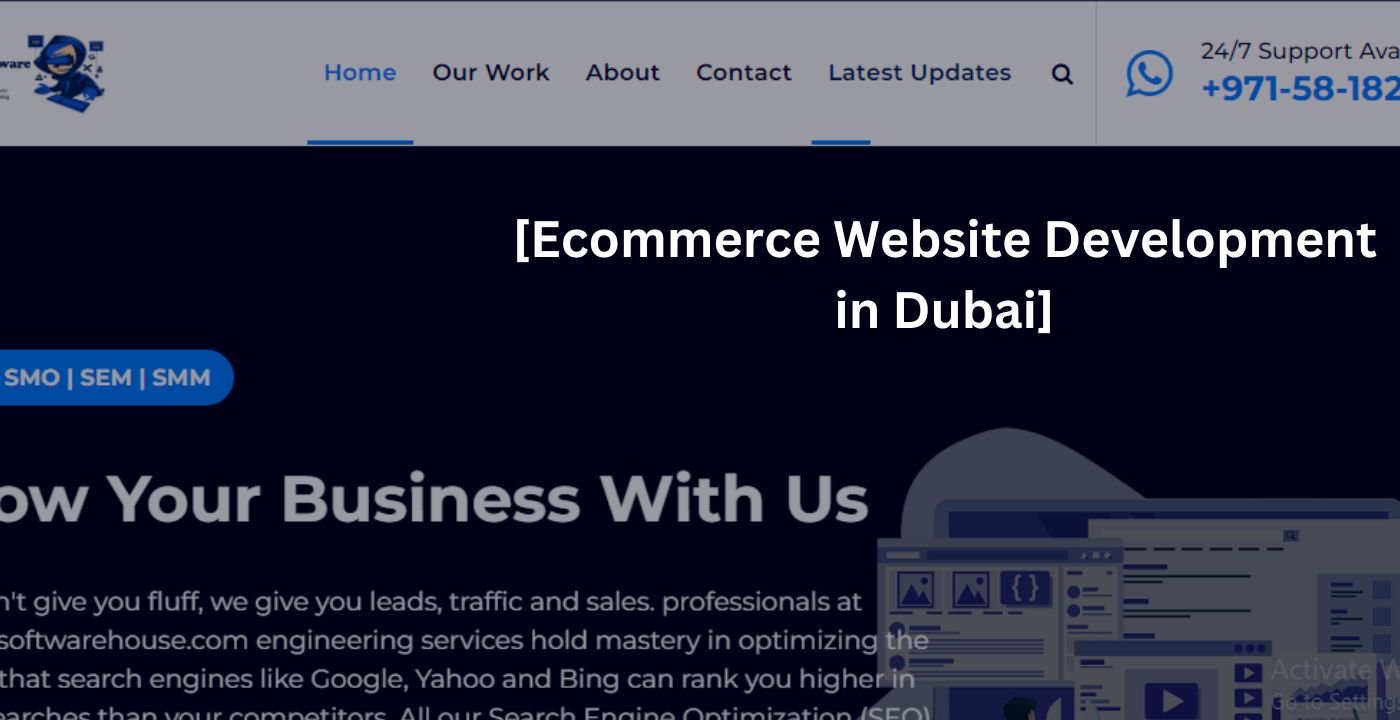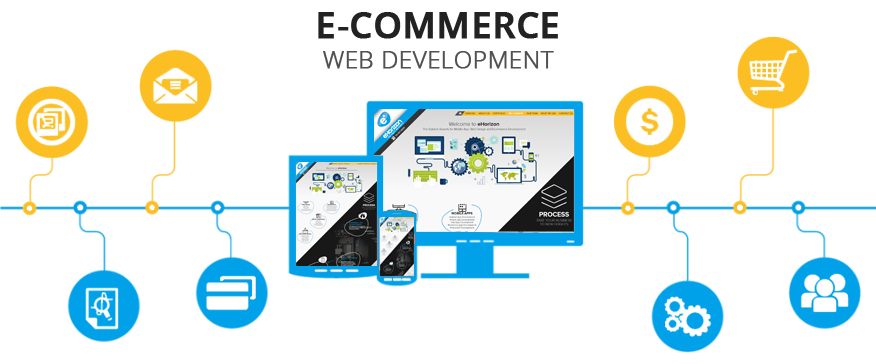In the fast-paced digital age, businesses are increasingly relying on technology to streamline operations and drive growth. A crucial aspect of this digital transformation is the development and implementation of high-quality software solutions. This is where software houses play a vital role. In this article, we will explore the significance of software houses in Dubai, their services, the selection process, and the benefits of partnering with a software house in this vibrant city.
The Role of a Software House

A software house, also known as a software development company, is a specialized organization that focuses on designing, developing, and maintaining software applications. These companies consist of teams of talented professionals, including software engineers, designers, project managers, and quality assurance experts. The primary goal of a software house is to create tailored software solutions that cater to the unique needs of businesses across various industries.
Importance of Choosing the Right Software House
Selecting the right software house is crucial for the success of any software development project. A reliable and competent software house can deliver a high-quality product within the specified time frame and budget, while a poor choice can lead to project delays, cost overruns, and unsatisfactory results. It is essential to thoroughly evaluate software houses based on their expertise, track record, client testimonials, and project portfolio before making a decision.
Services Offered by Software Houses

Software houses offer a wide range of services to meet diverse business requirements. These services include:
Custom Software Development
Software houses excel in creating custom software solutions tailored to specific business needs. From enterprise resource planning (ERP) systems to mobile applications, they have the expertise to develop robust and scalable software.
Web Development
With the increasing prominence of online presence, software houses specialize in designing and developing websites that are visually appealing, user-friendly, and optimized for search engines.
Application Maintenance and Support
Software houses provide ongoing maintenance and support services to ensure that software applications remain up-to-date, secure, and perform optimally.
Quality Assurance and Testing
To ensure the reliability and functionality of software products, software houses conduct rigorous testing and quality assurance processes to identify and fix any issues before deployment.
UI/UX Design
User experience (UX) and user interface (UI) are critical factors in the success of software applications. Software houses employ skilled designers who create intuitive and visually appealing interfaces that enhance user satisfaction.
Key Factors to Consider When Selecting a Software House

Choosing the right software house requires careful consideration of several factors. Here are some key aspects to evaluate:
Expertise and Experience
Assess the software house’s expertise in the specific technologies and programming languages required for your project. Additionally, consider their experience in delivering similar projects in your industry.
Portfolio and Client Testimonials
Review the software house’s portfolio to gauge the quality of their previous work. Client testimonials and case studies provide valuable insights into their ability to meet client expectations.
Communication and Collaboration
Effective communication and collaboration are essential for a successful software development project. Ensure that the software house has clear communication channels and a collaborative approach.
Project Management Methodology
Inquire about the software house’s project management methodology. Agile methodologies, such as Scrum, enable iterative development and flexibility, ensuring better project outcomes.
Cost and Value
While cost is a significant consideration, prioritize value over the lowest price. Evaluate the software house’s ability to deliver high-quality solutions that align with your business objectives.
Case Studies: Successful Projects Delivered by Software Houses

To understand the impact of software houses, let’s explore a few case studies highlighting successful projects delivered by software houses in Dubai.
Case Study : Online Software House
Online Software House is a leading e-commerce business, partnered with a software house in Dubai to develop a scalable and user-friendly online platform. The software house delivered a customized solution that resulted in a significant increase in website traffic, sales, and customer satisfaction.
Trends in the Software House Industry
The software house industry is constantly evolving to meet the ever-changing technological landscape. Here are some prominent trends shaping the industry:
Artificial Intelligence and Machine Learning
Software houses are leveraging the power of artificial intelligence (AI) and machine learning (ML) to develop intelligent and automated software solutions that enhance efficiency and productivity.
Cloud Computing
With the increasing adoption of cloud computing, software houses are focusing on developing cloud-native applications that offer scalability, cost-effectiveness, and seamless integration with other systems.
Internet of Things (IoT)
The proliferation of IoT devices has opened new opportunities for software houses. They are developing IoT applications and platforms that connect devices and enable data-driven decision-making.
The Future of Software Houses in Dubai
As technology continues to advance, the demand for software development services will only grow. Dubai, with its innovation-driven ecosystem and supportive infrastructure, is poised to become a global hub for software houses. The future of software houses in Dubai looks promising, with increasing collaborations, innovative solutions, and continued growth.
Final Thoughts
Software houses play a vital role in the digital transformation of businesses. Choosing the right software house is crucial for successful software development projects. Dubai, with its vibrant ecosystem, offers numerous benefits for businesses seeking software development services. By partnering with a software house in Dubai, businesses can leverage top talent, cultural understanding, a business-friendly environment, and proximity to emerging markets.







































